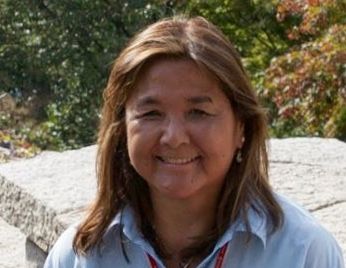
Taking a patient history and doing a case presentation
COURSE OBJECTIVES:
1. Review and learn the basics regarding taking a complete patient history.
2. Review and learn how to properly do a medical case presentation.
It is believed that up to 60% of accurate diagnoses are made based on the history alone.
Taking a patient's history follows a template that is important to know and memorize. As you are organizing your information to present to your colleagues, remember that they are listening with a list of differential diagnoses in their minds. As you present the pertinent facts, each of the diagnoses on their lists becomes more or less likely.
If you are successfully presenting relevant information, they will stay engaged and listen to your presentation.
* Please note that the level of detail in patient history taking and case presentation may not be what was taught in your medical school curriculum. However, this has been the standard for what has been taught in U.S. medical schools. There is an expectation that you know this information by the time you start your residency training program.*
For reference, I have provided miniature versions of the review of systems (needed for patient history taking) and the standard case presentation format for you to download and use.
There are some sample presentations for you to review, as well as a document on how to 'finetune' your case presentations.
As a bonus for international medical students and graduates who are interested in clinical rotations or residency training programs in the U.S., I have added an informative section on steps you must take and follow.
Best of luck!
Course Curriculum
Your Instructor

Dr. Kathryn M. Shon has practiced family medicine for over thirty years in both California and Hawaii.
Semi-retired from clinical practice since 2014, she became certified by the International TEFL (Teaching English as a Foreign Language) Academy in 2015 and began teaching ESL medical students and healthcare professionals. From this experience, Dr. Shon has had the unique opportunity to observe the challenges confronting ESL physicians communicating in English, specifically medical English. She has assisted medical students and healthcare professionals with medical terminology pronunciation. She has mentored, via one-to-one teaching, ESL physicians in residency training programs as well as students and professionals in group settings and in medical English workshops in Hawaii and Japan.